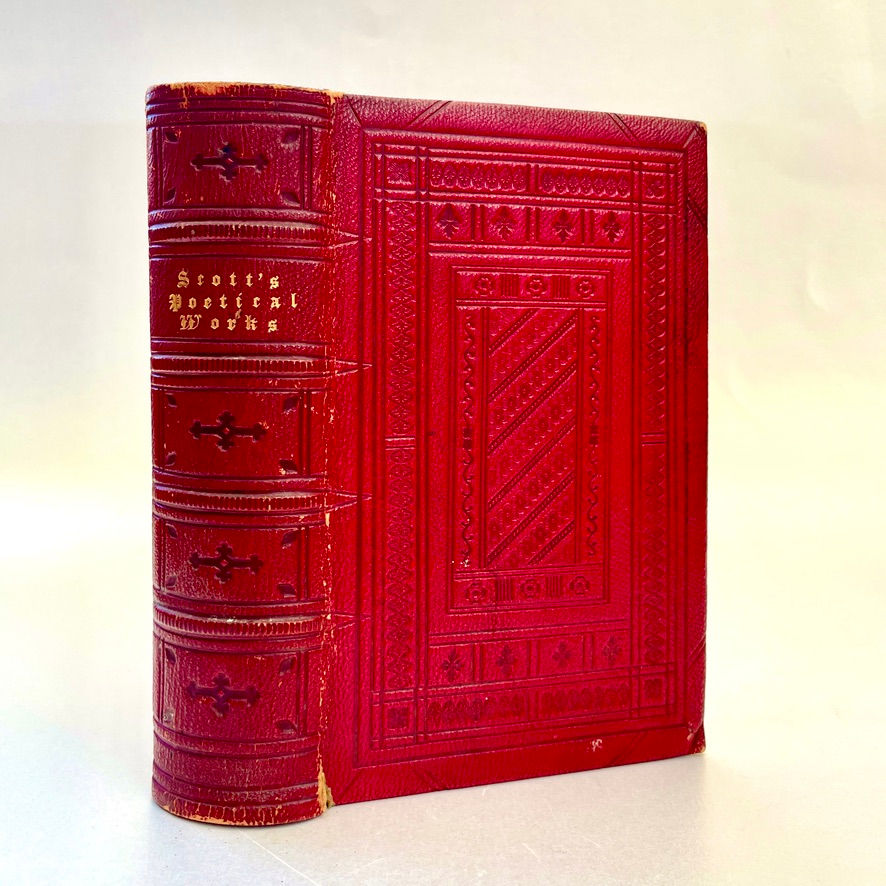How to Protect Antiquarian Books from Damp: A Collector’s Guide
- Marie
- Sep 23
- 2 min read
Introduction
In my hunt for antiquarian and collectible books, I’ve often come across volumes that are beautiful, rare, and full of history, but sadly damaged beyond repair by damp. Sometimes they’ve been stored in sheds, lofts, or cold garages where moisture has slowly eaten away at the bindings and paper. It’s always such a shame to see these glimpses into the past decayed, when with the right care they could have survived for generations to come.
That’s why I want to share some essential tips on protecting books from damp. If you collect or simply treasure old books, these steps will help you keep them safe.
Why Damp is So Damaging
Moisture is one of the greatest threats to books. It can cause:
Mould growth, which spreads quickly and is often irreversible.
Warped bindings and covers, making books misshapen.
Stains and tide marks on pages, leaving permanent damage.
Weakening of paper fibres, causing brittleness over time.
Once damp has set in, even professional conservation can’t always restore a book completely. Prevention really is key.
Creating the Right Environment
Experts recommend storing books in a cool, dry space with stable conditions:
Temperature: around 13-19°C (avoid extremes).
Humidity: ideally 45–55% relative humidity.
Keep books away from unheated outbuildings, cellars, or lofts where moisture is common.
Even in ordinary homes, conditions can fluctuate, so choosing the right room is important.
How to Protect Books from Damp at Home
Use a dehumidifier in rooms prone to moisture.
Allow good airflow around books; don’t push them tightly against outside walls.
Store books on shelves away from radiators, windows, or sources of condensation.
For extra protection, consider silica gel packs or moisture absorbers inside bookcases (but keep them checked and replaced).
Spotting the Early Warning Signs
Catching damp early can save a book:
A musty smell is often the first clue.
Pages may develop a slight ripple or waviness.
Look for light brown stains or “tidemarks” creeping along page edges.
If Damp Has Already Set In
If you discover damp in a book:
Move it immediately to a dry, ventilated space.
Stand the book upright and gently fan the pages open to air it out.
Avoid artificial heat (like hairdryers), which can cause warping.
For severe mould, consult a professional conservator. DIY fixes often do more harm than good.
Preserving History
Every antiquarian book is a fragment of history. Seeing them lost to damp is always heartbreaking, but with the right environment and some simple preventative care, your collection can remain intact for years to come.
Call to Action
I care deeply about helping others preserve these treasures. If you’d like to see some of the books I’ve been able to save and share, you can explore my New Arrivals.










Comments